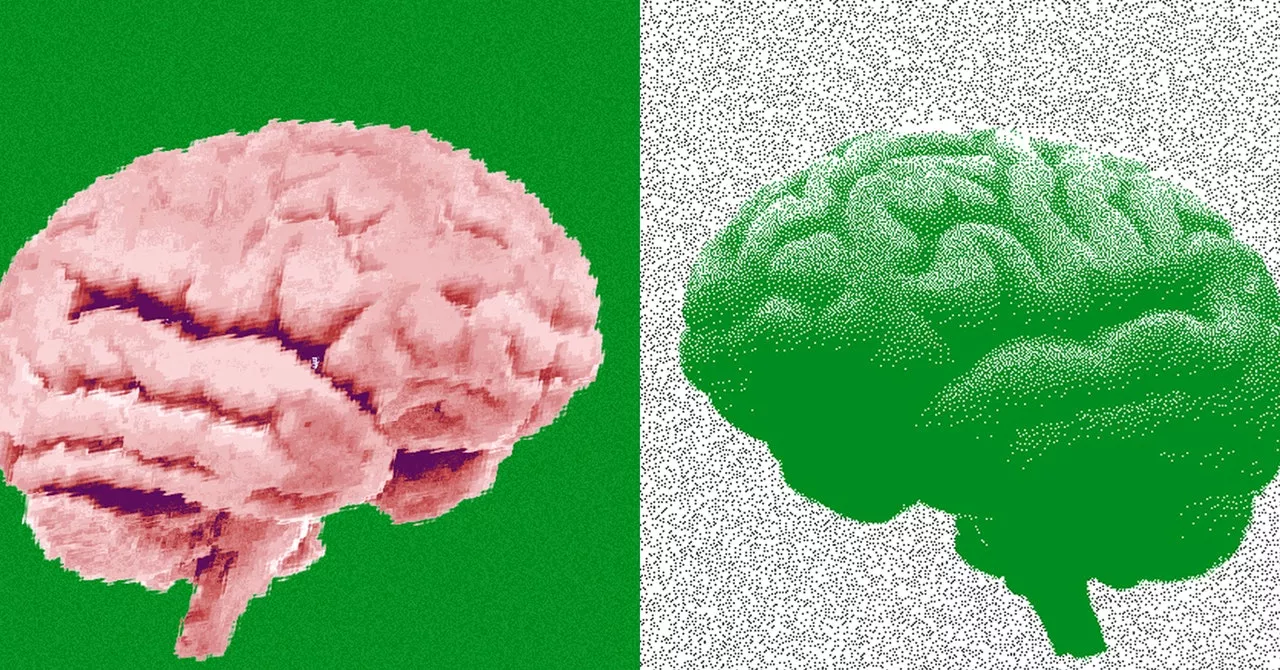Humans and animals move with remarkable economy without consciously thinking about it by utilizing the natural oscillation patterns of their bodies. A new tool can now utilize this knowledge for the first time to make robots move more efficiently.
Four-legged animals that start walking and gradually pick up speed will automatically fall into a trot at some point. This is because it would take more energy not to change gait. This correlation was discovered more than 40 years ago. Now, Alin Albu-Schäffer, a professor at the Chair of Sensor-based Robotic Systems and Intelligent Assistance Systems at TUM, has successfully transferred this method to the movement of robots.
An important test object in the team's research is BERT, a four-legged robot that looks like a small dog. BERT was designed by Prof. Albu-Schäffer at the German Aerospace Centre . The research, which focuses on"efficient and versatile locomotion with legs," is funded by the EU through an ERC Advanced Grant.
Success is demonstrated in a race between three BERT models. The robot dog, which has been programmed with the intrinsic movement method, tends to jump and move much faster and more dynamically than its siblings, which rely on more conventional movement patterns. New algorithm encourages robots to move more randomly to collect more diverse data for learning. In tests, robots started with no knowledge and then learned and correctly performed tasks within a ...
Solar Energy Energy And Resources Engineering Robotics Artificial Intelligence Neural Interfaces Communications
United States Latest News, United States Headlines
Similar News:You can also read news stories similar to this one that we have collected from other news sources.
 AI Will Understand Humans Better Than Humans DoOr so says a controversial Stanford researcher, who finds that the latest systems have, against all odds, mastered a high-level cognitive skill.
AI Will Understand Humans Better Than Humans DoOr so says a controversial Stanford researcher, who finds that the latest systems have, against all odds, mastered a high-level cognitive skill.
Read more »
 Gaming for the good! | ScienceDailyIt turns out gaming is good for you! New research indicates massive multiplayer online gamers learn by gaming and their skills in the workplace are enriched by those seemingly endless hours previously thought of as frittering away time.
Gaming for the good! | ScienceDailyIt turns out gaming is good for you! New research indicates massive multiplayer online gamers learn by gaming and their skills in the workplace are enriched by those seemingly endless hours previously thought of as frittering away time.
Read more »
 Climate change and eye maladies | ScienceDailyClinical visits by patients suffering ocular surface eye conditions more than doubled during times when ambient particulate matter from air pollution was in the atmosphere, signaling a possible association between climate change and ocular health, according to a new study.
Climate change and eye maladies | ScienceDailyClinical visits by patients suffering ocular surface eye conditions more than doubled during times when ambient particulate matter from air pollution was in the atmosphere, signaling a possible association between climate change and ocular health, according to a new study.
Read more »
 'Wearable' devices for cells | ScienceDailyResearchers developed tiny wearable devices for cells that can snugly enfold neurons and neuronal processes without damaging the cell. These thin-film wearables, made from a soft polymer, could enable scientists to measure and modulate neurons at a subcellular level.
'Wearable' devices for cells | ScienceDailyResearchers developed tiny wearable devices for cells that can snugly enfold neurons and neuronal processes without damaging the cell. These thin-film wearables, made from a soft polymer, could enable scientists to measure and modulate neurons at a subcellular level.
Read more »
 Double strike against blood cancer | ScienceDailyCell division is a pivotal moment in the life cycle of a cell: when things go wrong, the cell typically triggers growth arrest or its own self-destruction. Researchers have now discovered a previously unknown process that initiates cancer cell death in two distinct ways.
Double strike against blood cancer | ScienceDailyCell division is a pivotal moment in the life cycle of a cell: when things go wrong, the cell typically triggers growth arrest or its own self-destruction. Researchers have now discovered a previously unknown process that initiates cancer cell death in two distinct ways.
Read more »
 Keeping close watch on stem cells | ScienceDailyResearchers have developed a new imagining system to monitor pluripotent stem cells during incubation. The new device -- INSPCTOR -- uses lens-free imaging technology integrated with thin-film transistors. The device is the same size as a standard culture plate, allowing multiple units to be monitored within a compact incubator.
Keeping close watch on stem cells | ScienceDailyResearchers have developed a new imagining system to monitor pluripotent stem cells during incubation. The new device -- INSPCTOR -- uses lens-free imaging technology integrated with thin-film transistors. The device is the same size as a standard culture plate, allowing multiple units to be monitored within a compact incubator.
Read more »
